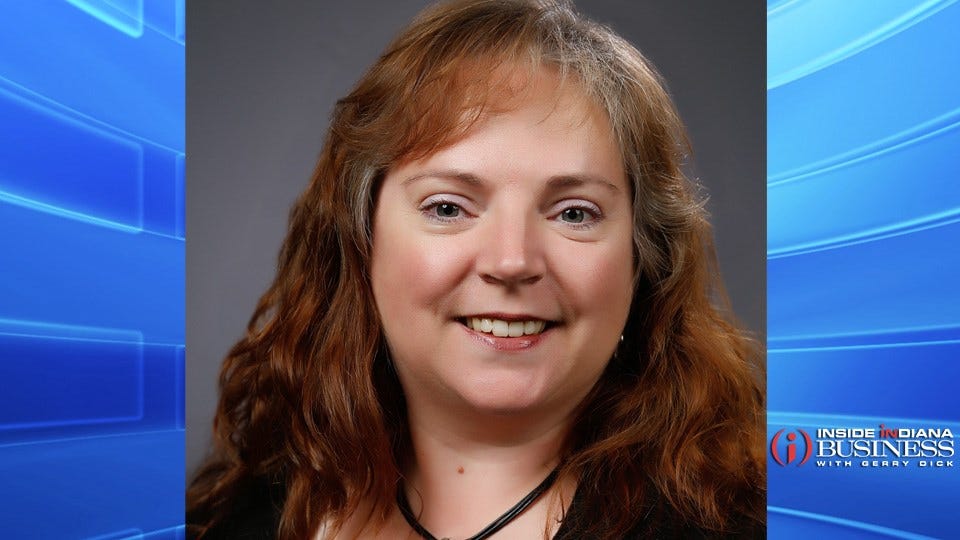Capture Critical Telehealth Benefits for Patients and Providers

Subscriber Benefit
As a subscriber you can listen to articles at work, in the car, or while you work out. Subscribe NowWith more than half of the world’s population estimated to have been under lockdown in the spring of 2020, patients and physicians alike sought innovative means to receive and provide healthcare services. The result? Telehealth services, once considered a slowly emerging trend, leaped forward to become a global $21 billion industry nearly overnight, with telehealth-related commercial healthcare billing increasing more than 8,000% in April of 2020. In addition to commercial insurance billing, during that same month nearly half of all Medicare primary care visits were conducted by telehealth, up from less than one percent in the early days of 2020, according to the Centers for Medicare and Medicaid Services (CMS).
What’s next? Telehealth is here to stay (and by the way, the generally accepted Health and Human Resources Administration (HRSA)-defined difference between “telehealth” and “telemedicine” is that telemedicine generally includes remote clinical services, while telehealth typically includes clinical and non-clinical services like training, administrative functions and continuing medical education – both terms are often used interchangeably.). Healthcare experts at Fortune Business Insights now predict the telehealth industry to grow at an astonishing 23% annually, reaching an annual revenue level of up to $185 billion by 2026. Telehealth was already expected to be a growth industry in healthcare, but as one analyst put it, “things that were 10 years away are now here.”
From our vantage point at the Upper Midwest Telehealth Resource Center (UMTRC), we were like a little rowboat on Lake Michigan, and now it’s like we’re piloting a cruise ship. Our region of Illinois, Indiana, Michigan, and Ohio has seen a tsunami of growth from forward-looking entrepreneurial medical professionals to near-instant widespread utilization by large and small providers alike. And this trend is nowhere near its zenith, particularly as a second wave of COVID-19 wreaks havoc. As Seema Verma, Administrator for the Centers of Medicare and Medicaid Services (CMS) has said of telehealth, “The genie is out of the bottle.”
Over the last 3-5 years there has been considerable expansion of telehealth regulation and reimbursement standards. This work gave states like Illinois, Indiana, Michigan, and Ohio a strong foundation for virtual care to dramatic increases in the delivery of in telehealth services due to COVID-19. As the pandemic spread across the United States, public health emergencies, 1135 waivers, and executive orders dramatically reduced barriers to telehealth usage for providers and patients. One of the biggest examples of the reduced barriers is that Medicare and Medicaid beneficiaries can now participate in telehealth visits from the privacy and security of their own homes. While we will not know the full extent of the new Medicare rules until later this year, CMS has proposed to make several of the emergency waivers a permanent part of the Physician Fee Schedule.
As telehealth continues to expand, why should Hoosiers – professional providers and residents alike – take advantage of telehealth benefits?
Telehealth represents a strategic component of patient-centered care. Recent studies have shown that telehealth generally provides a positive patient experience, as it helps empower patients, giving them more options, more critical information, and often better access to medical professionals in less time (and no driving to a COVID-19 restricted medical office). Particularly during crisis times, these attributes can help increase patient satisfaction when in-person visits are not readily available.
Telehealth can improve quality of care. By its full definition, telehealth includes providing online training and continuing education for medical professionals. This is particularly effective in rural areas where driving to educational conferences in far-away urban centers is often cost- or time-prohibitive. Hospitals can access current evidence-based practice and standards of care through online telehealth resources, which also directly supports intensive care units (sometimes called eICUs) and can reduce complications by instant access to best care practices.
Telehealth can reduce healthcare costs. By utilizing secure electronic medical records, image transmission and other technology, telehealth applications can both speed up healthcare delivery and lower certain associated costs. Telehealth applications can also help in early diagnosis and treatment, thus reducing long-term costs. Telehealth appointments help reduce missed appointments and patient “no shows,” which accounts for up to $150 billion annually to hospitals, clinics, and physician practices.
Telehealth drives critical hospital revenue in an appropriate way. When the COVID-19 public health crisis first struck, many hospitals and clinics suffered major losses in revenue when elective surgeries and other hospital-based healthcare services were suddenly restricted. Telehealth connectivity allows providers to render services in a secure environment without jeopardizing patient and staff safety.
Healthcare providers must realize that advances in telehealth mean that the telehealth industry will continue to expand and fulfill unique needs. Nothing can fully replace an in-person visit, but telehealth measures increasingly serve important roles in a full spectrum of services.
Telehealth is much more than plugging in a user-friendly patient portal on a high-speed internet connection. Hospitals and clinics need to consider best-in-class strategies to prepare, both for short- and long-term opportunities. UMTRC is dedicated to providing up-to-date telehealth information, from offering telehealth services for the first time to expanding complex, multi-facility programs. For more information, visit https://www.umtrc.org/
A National Rural Health Association (NRHA) Fellow, Becky Sanders serves as program director for the Upper Midwest Telehealth Resource Center, which helps advance telehealth operations in Indiana, Illinois, Michigan, and Ohio. UMTRC is a federally funded program of the Indiana Rural Health Association (IRHA) that provides a comprehensive set of telehealth clinical and technical assistance services leveraged into products of lasting value to rural providers.
